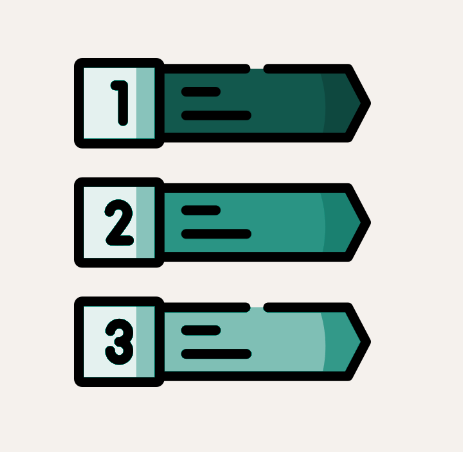5 keys to creating a first-party data strategy

Last Updated on June 28, 2022 by Alexander Rydberg Ling
1. Identify your business objectives and define your strategy
What are your business objectives? What is most important for your business. Is it loyalty or acquiring new customers or leads? When you have determined the customer experience goals and aligned them with your business plan, use them to choose which data is a must and what data that is nice to have.
For example, if retention or loyalty is your main objective, your transactions and crm-data should be your primary first-data sources. You could then use that data to tailor your messaging, providing discounts, product recommendations or personalized offers to increase the customers engagement with your company and products.
2. Give your clients value in exchange for their data
The use of first-party data is a two-way exchange of value. The customer gains a more personalized experience through useful information, offers or assistance. And your company gains the ability to deliver this better personalized customer experience.
When you are planning your first-party data strategy, make it clear to the customer that you are responsible with the data. With the shift to people wanting more information on how their data is used and being more careful with their consent, be sure to be transparent about why you are collecting the data and what the value is for the customer.
3. Make sure you have the tech stack and organization ready
To get most out of first-party data it is important to have the right technology, people in the organization and to implement the right processes.
You are probably already collecting first-party data today. It can be in the form of transactional data, crm-data, user behaviour in apps or maybe you have a loyalty program. The key to a good first-part data strategy is to connect the data you have with each other and not to keep them in silos.
The same goes for the organization. Create cross-functional teams that work together to utilize the data and expertise from several different teams such as marketing, tech, finance, procurement.
4. Experiment and learn in short sprints
When you have decided on which first-party data you should collect and how and where to collect and manage it, you can start focusing on how to use the data to improve the customer experience.
Aiming for one-to-one personalization is high on the agenda for most companies, but with the time and money it will cost it might not be worth it. To implement an experiment-and-learn process is an effective way to identify which level of personalization is needed and which customer segments to target.
5. Improve and validate with correct measurement
For a first-party data strategy to be successful you need measurement. For example measuring the effectiveness of marketing channels where you apply your data you can optimize your media mix. However if you go one step further and measure the effectiveness of your data strategy it can impact the optimization of the overall marketing strategy.
For more info about First Party Data download our guide!